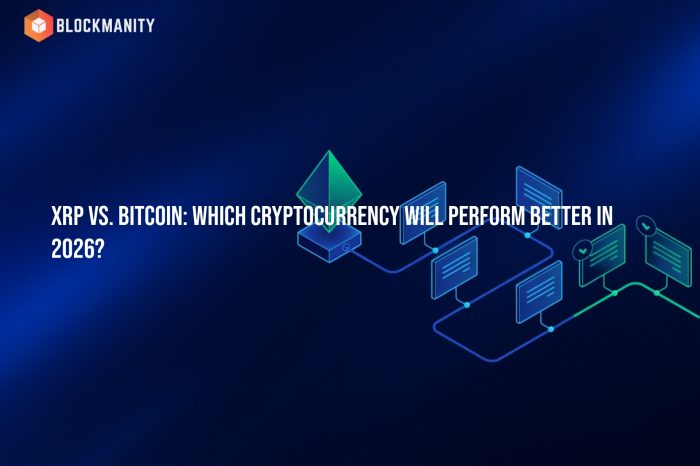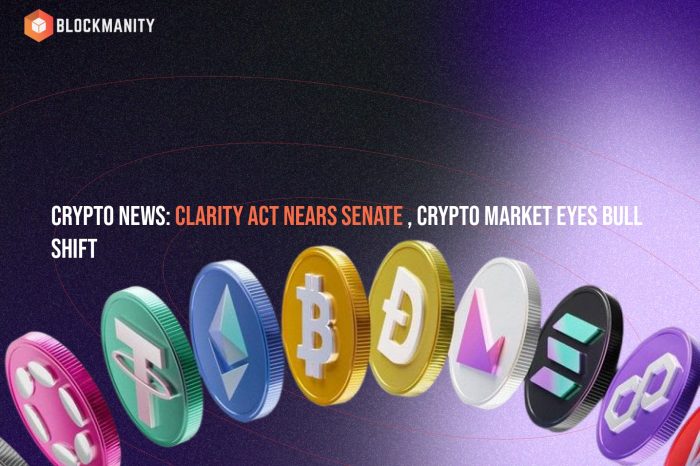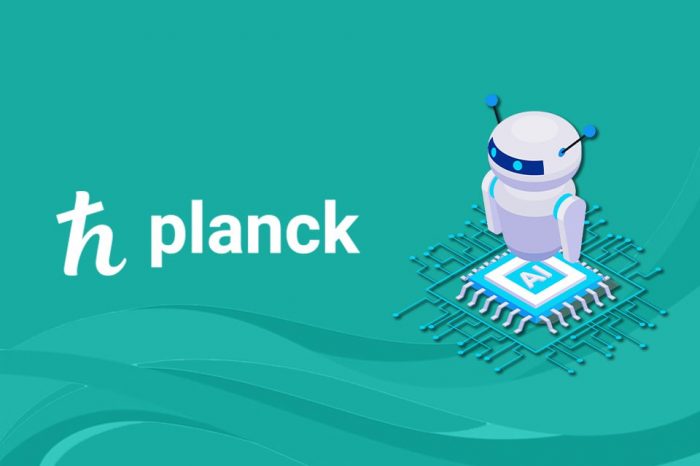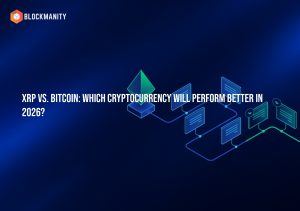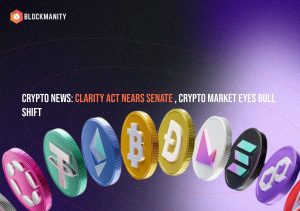Is 2024 The Year DePIN Comes of Age?

Decentralized physical infrastructure networks – DePINs – aren’t exactly a common topic discussed over the family dinner table. However, there is reason to believe their influence will expand in the years to come, particularly as concerns about how we manage AI systems grow.
A Growing Blockchain Vertical
Blockchain-powered networks that use token incentives to coordinate the buildout and operation of physical infrastructure, DePINs democratize access to vital resources, from compute and energy to wireless connectivity and AI. Numerous blockchains are now home to DePIN ventures serving an array of use cases, with over 750 projects responsible for an almost $50 billion market cap.
That figure is small beer compared to the potential value of DePIN a decade from now. In a recent ‘State of DePIN’ report by research firm Messari, the authors summarize the many advantages the tech has over the centralized infrastructure it seeks to replace, including community-sourced capital expenditure, reduced admin overheads due to on-chain settlement, and a thriving culture of experimentation and innovation.
Messari’s researchers went on to predict that the DePIN flywheel could add over $10 trillion to global GDP over the next decade, with $100 trillion the decade after that. Considering the current crypto market cap is just over $2 trillion, that’s a bold statement. But it’s easy to appreciate the potential when you recognize that DePIN revenues are driven not by speculation but by utility.
In other words, while most people invest in crypto in the hope of making a profit, participants in DePIN actually earn rewards on the basis of, for example, lending their compute resources. As such, there is less risk and more of a tangible value transfer taking place. There is also an altruistic dimension, as contributors to DePIN projects enrich public infrastructure for the good of society.
Helium is one of the biggest DePIN projects currently in operation. A peer-to-peer wireless network, it rewards contributors for becoming node operators who deploy wireless hardware (a Helium hotspot device) and extend its range of coverage. Owned and operated by community members, Helium has raised a total of $370 million over eight separate funding rounds, giving it a $1.2 billion valuation. In December, it managed to add over 20,000 subscribers.
Decentralized wireless, or DeWi, is but one use-case of DePIN. Decentralized compute is another (see Akash Network). There are even DePINs for the logistics sector (HEALE). If the Messari researchers are correct, there’ll hardly be an industry that doesn’t have a corresponding DePIN in 20 years’ time.
Spatial Computing and DePINs
One area in which DePINs will certainly play a role is spatial computing. An umbrella term for the human-computer interactions that occur in the real world as opposed to through a screen, spatial computing blends physical and virtual experiences through the use of AR/MR technologies.
Spatial computing also enables machines (robots, drones, industrial machinery) to learn about their physical environment through collecting sensor data, the better to identify patterns and optimize/automate human processes.
Apple’s release of its Vision Pro headset, a spatial computing device that blends digital content with the physical world, suggests the dawn of this era has arrived. While Apple will focus on consumer hardware, spatial computing has a role to play in virtually every industry, from aerospace and healthcare to manufacturing and construction.
DePINs represent a means by which individuals rather than corporations can own their spatial data. This is the idea behind the posemesh, a collaborative spatial computing network designed by Auki Labs. The posemesh provides low-latency networking for collaborative spatial computing, spatial AI, and IoT devices – the protocol empowers users to contribute compute resources (CPU, bandwidth) in return for token rewards. It allows companies to pay those users for accessing the privacy-preserving spatial computing network.
By increasing the utilization rate of computers around the world, the posemesh aims to increase machine awareness of the environment (machine proprioception) while onboarding billions of people, devices and AI to the protocol. The project is bigger than the network, though; there’s also an SDK developers can use to build apps on the posemesh, a discovery service that lets participants (and apps) find each other and form collaborative compute clusters, and a Domain Service handling persistent spatio-semantic data about physical spaces.
“DePIN becomes a lot more realistic when people can be compensated for participating in the DePIN,” observed Auki Labs’ CEO, Nils Pihl, in a recent interview.
“The greater blockchain ecosystem, having built up exchanges and market makers and all of these things, makes it possible to very easily set up these kinds of international reward networks where, if we had to do this through a traditional banking ecosystem, it would be very difficult. But with smart contracts and wallets, it becomes quite easy.”
Spend any time in crypto and you’re bound to hear the phrase “we are still early.” It’s a maxim that applies equally to DePIN projects like Helium and the posemesh, which could fundamentally alter the way critical infrastructure is managed and accessed by the masses.
With DePIN projects having added over 600,000 nodes last year across wireless, compute and sensor networks, suggestions that this is another web3 “trend” ring hollow. Functioning DePIN projects are already loose in the world; and, as with all exponential technology–think spatial computing, AI and blockchain–it’s only a matter of time before the emergent disruption becomes impossible to ignore. The best advice is to prepare accordingly.
Discuss this news on our Telegram Community. Subscribe to us on Google news and do follow us on Twitter @Blockmanity
Did you like the news you just read? Please leave a feedback to help us serve you better
Disclaimer: Blockmanity is a news portal and does not provide any financial advice. Blockmanity's role is to inform the cryptocurrency and blockchain community about what's going on in this space. Please do your own due diligence before making any investment. Blockmanity won't be responsible for any loss of funds.

